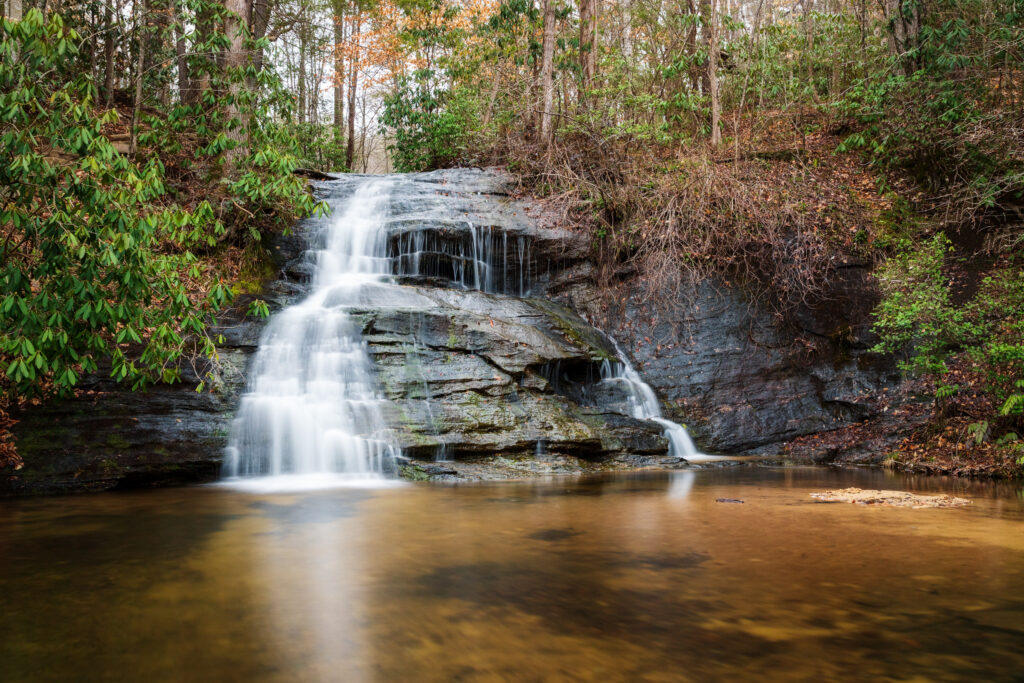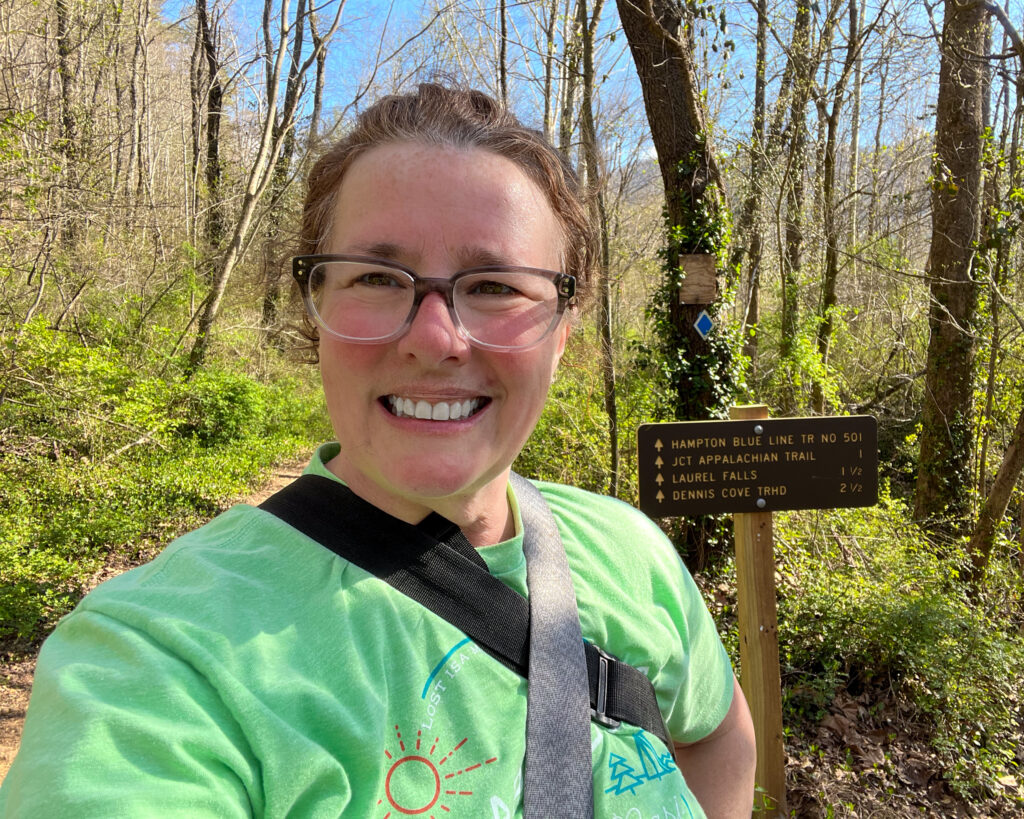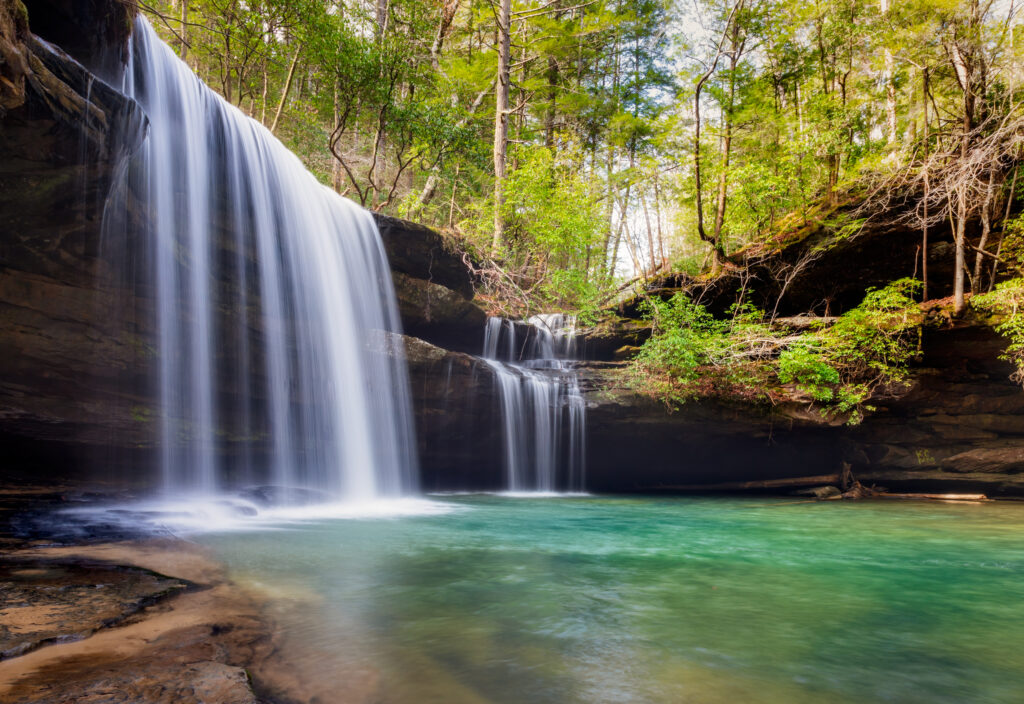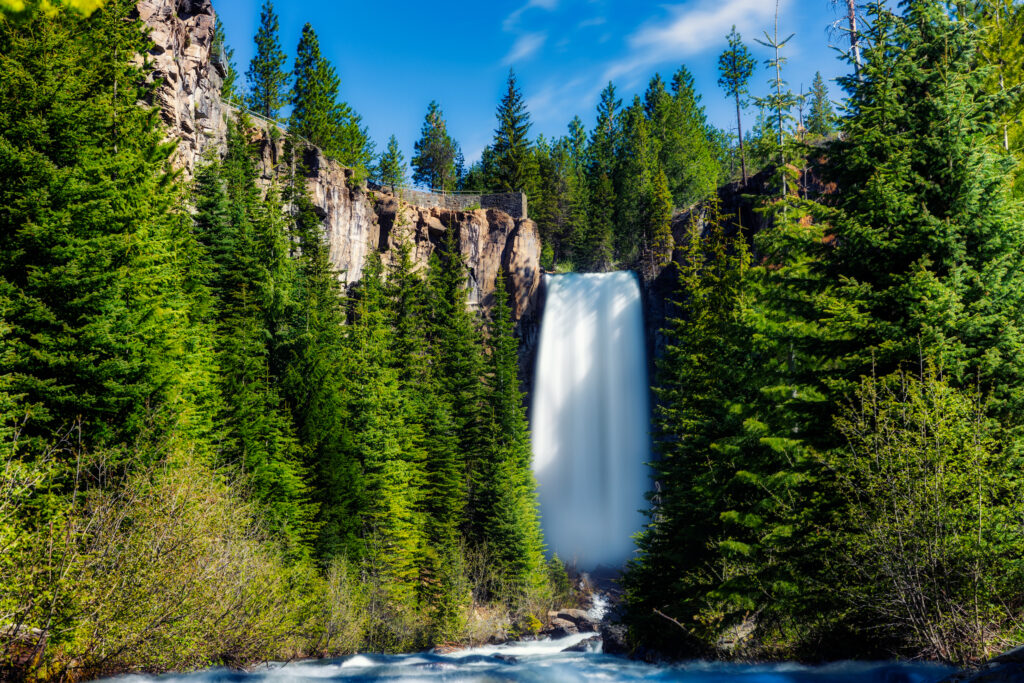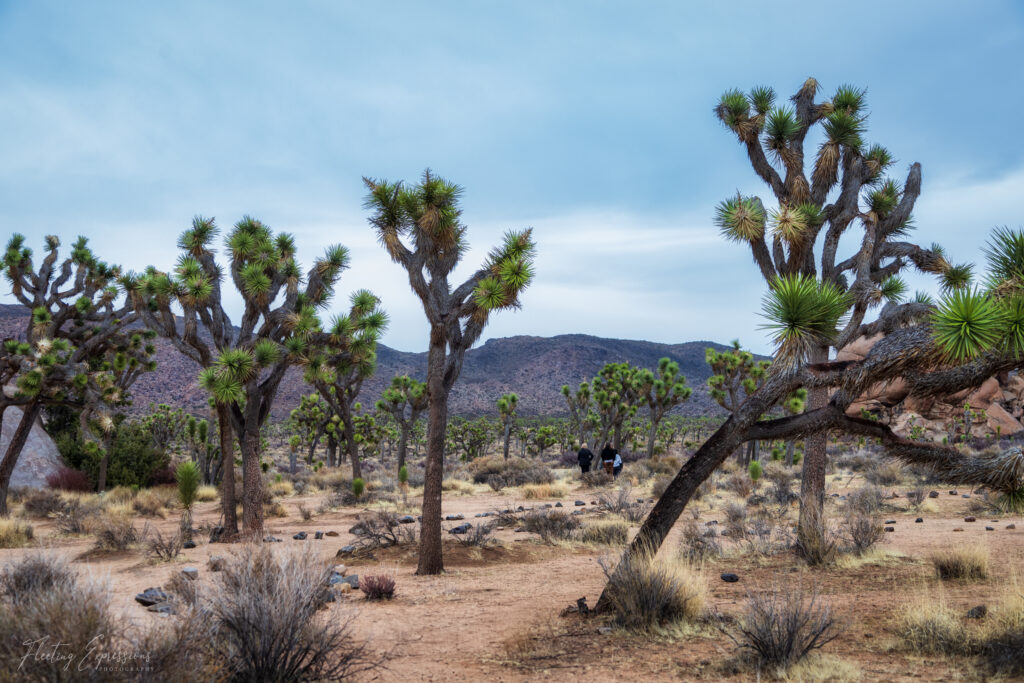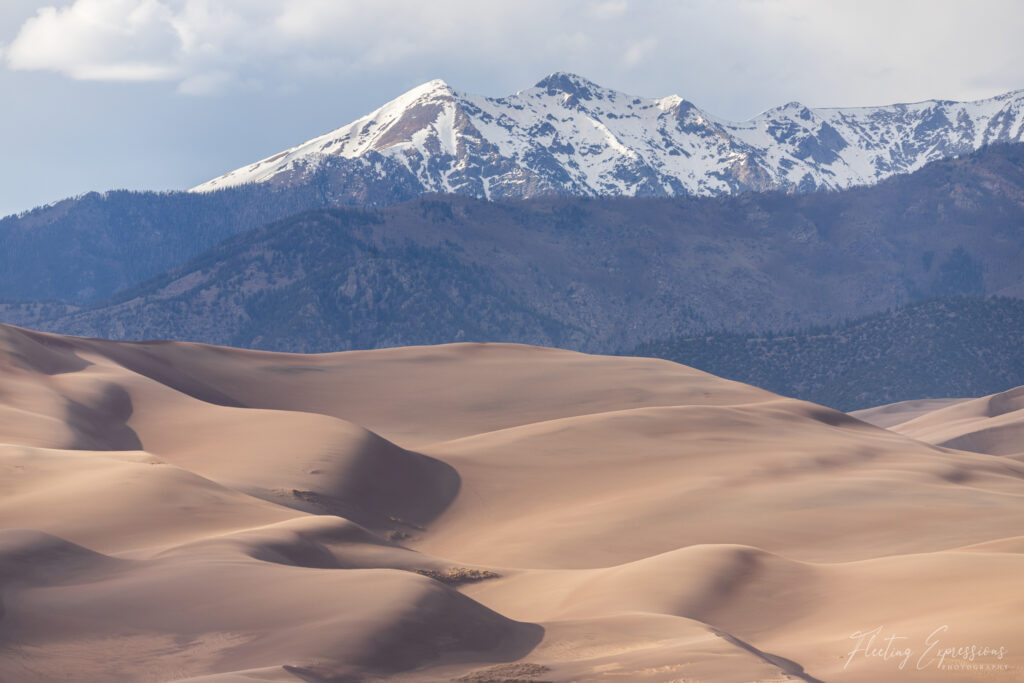Imagine a scene of breathtaking beauty: a cascade of crystal-clear water cascading down a towering cliff face, surrounded by lush green forests and ancient rock formations. The sound of the rushing water fills the air, and the mist rises up, creating a sense of magic and mystery. This is just one of the many enchanting waterfalls that can be found throughout the Southeast United States.
From the tumbling beauty of Laurel Falls to the towering cascades of Crabtree Falls, the Southeast is home to some of the most beautiful and impressive waterfalls in the country. These waterfalls offer visitors a chance to experience the raw power of nature and to escape into the beauty of the natural world.
Whether you’re a seasoned photographer looking for the perfect shot or simply someone who appreciates the beauty of nature, the Southeast’s enchanting waterfalls are sure to leave you breathless. So, pack your bags and get ready for an adventure!
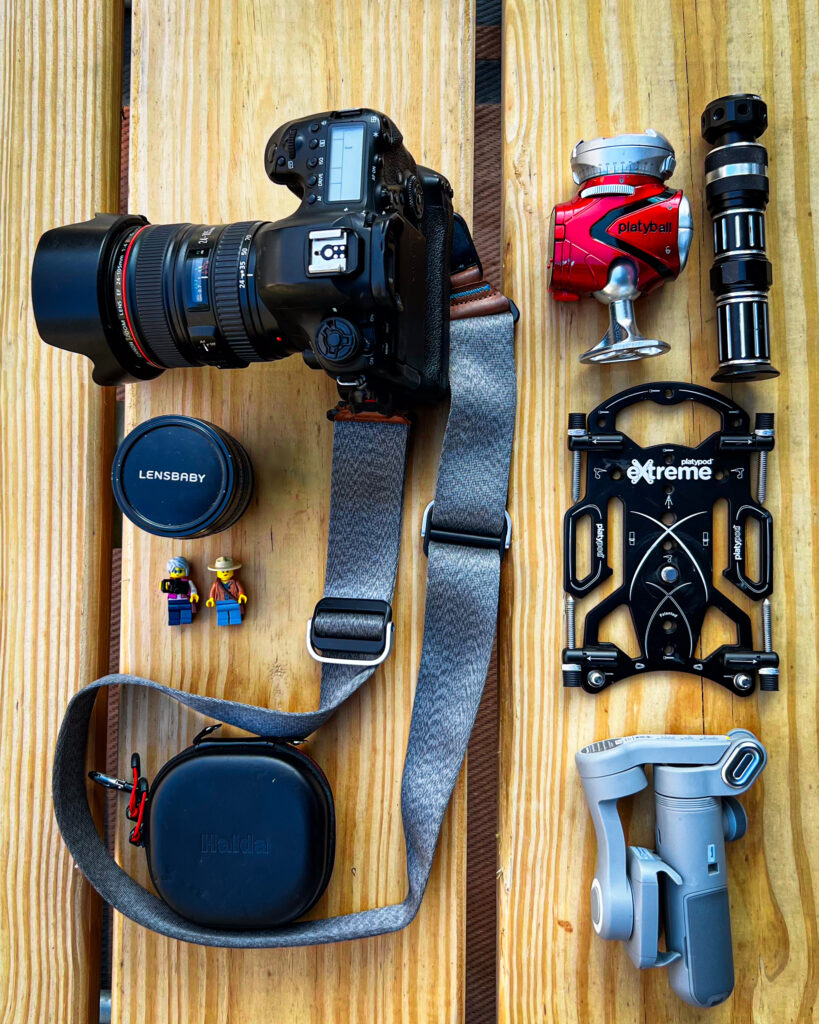

Gear Essentials
Are you wondering what photography equipment is crucial for capturing the best shots?
Capturing the essence of waterfalls in your photographs demands a blend of essential photography gear and a touch of creativity. Here’s a breakdown of the crucial equipment you’ll need:
- A DSLR or mirrorless camera with manual settings for full creative control.
- Wide-angle lenses for capturing the grandeur of waterfalls and a macro lens for close-ups of details.
- Sturdy tripod to keep your camera steady for long exposures.
- Neutral density filters to control light and polarizing filters to reduce reflections.
- Minimize camera shake with a remote or cable release.
- Waterfalls can create mist, so keeping your lens clean is essential.
- A comfortable backpack for carrying your gear to remote locations.
- Rain covers and protective cases for your camera and lenses.
- Ensure you have enough power and storage for extended shoots.
- A flash or reflectors for enhancing the lighting in challenging conditions.

Planning Your Trip
Planning a waterfall photography trip in the Southeast involves researching the area to find nearby falls. I also use Instagram, Flickr, and Pinterest to look for photos of any waterfalls I find in my search which gives me an idea of what to expect and if they will be something I want to hike to see. I use All Trails to plan my hikes so I know what the difficulty might be and whether the adventure is something I can complete.
The time of year is another important consideration. The waterfalls in the Southeast change with the seasons, offering photographers the opportunity to capture different moods and atmospheres. In the spring, the waterfalls are often surrounded by wildflowers. In the summer, they are lush and green. In the fall, colorful foliage frames them in brilliant color. In the winter, frozen waterfalls provide a unique photo opportunity.
Here are some additional tips for successful trip planning:
- Weather Conditions: Pay attention to recent rainfall. Waterfalls look their best after recent rainfall, but muddy conditions can make hiking to them hazardous so know your abilities.
- Time of day: Golden hour is typically the best, but forests can provide excellent diffused lighting.
- Crowd Avoidance: I generally avoid the “popular” waterfalls to avoid the crowds that go with them. Finding a beautiful and little visited waterfall allows you time to enjoy nature and get the images you want without waiting for people to move out of the shot.
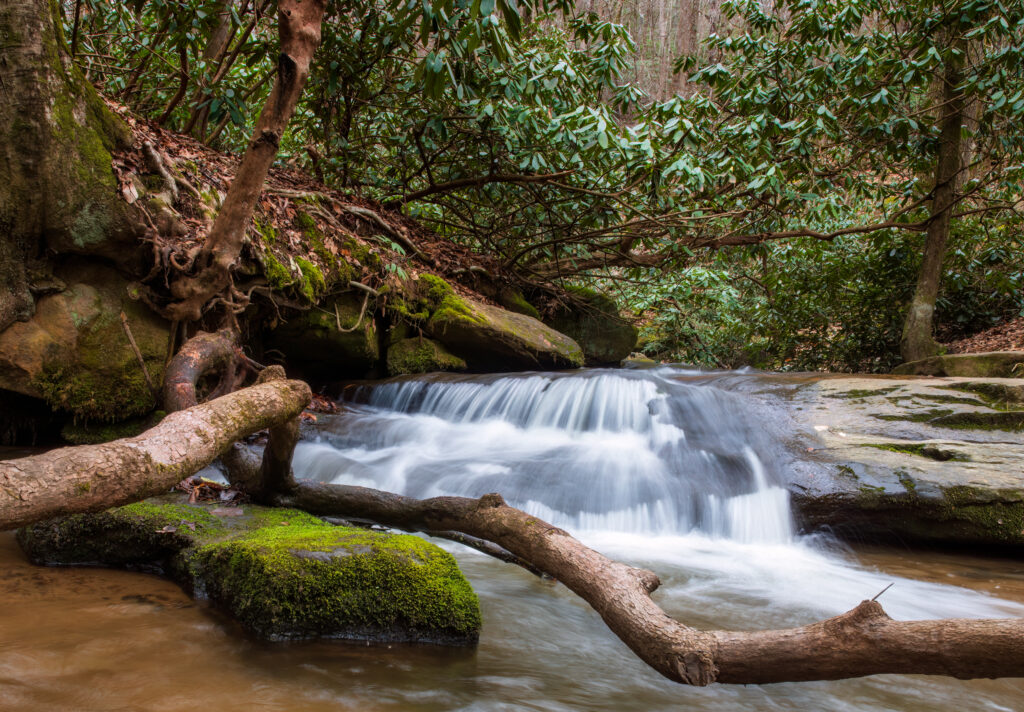

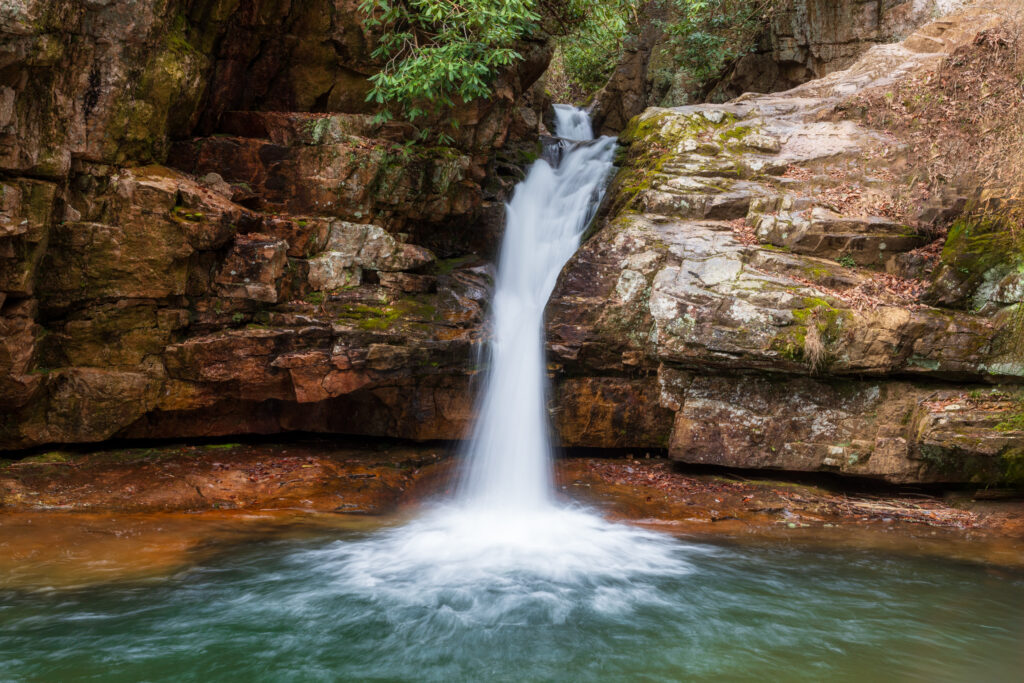

Capturing the Beauty of Southeastern Waterfalls
I have been photographing waterfalls for over 10 years, spending countless hours working on techniques and trying new things. Photographing waterfalls in all their glory requires specific techniques to capture their beauty but don’t be afraid to try new things. Recently I have experimented with close-ups of the falls along with different shutter speeds to get more abstract looks.
Here are some additional tips to get you started:
- Use a Tripod: Keep your camera steady by using a tripod. This is essential for longer exposures and capturing the flowing water’s silky effect.
- Select a Slow Shutter Speed: Use a slow shutter speed (typically 1 to 3 seconds) to capture the flowing water’s smooth appearance. Adjust the shutter speed based on the lighting conditions.
- Choose a Small Aperture: A higher f-number like f/11 to f/22 increases the depth of field, ensuring both the waterfall and surrounding scenery are in focus. It also reduces the amount of light that reaches the sensor allowing for a slower shutter speed.
- ND Filters: Neutral density filters reduce the amount of light entering the lens, allowing for longer exposures even in bright conditions. This is crucial for achieving the desired waterfall effect.
- Polarizing Filter: A polarizing filter can reduce reflections on water surfaces and enhance colors, especially in foliage and sky. I rarely use a polarizing filter but you should experiment with them to make your own decisions.
- Composition: Pay attention to composition. Use leading lines, like streams or rocks, to guide the viewer’s eye towards the waterfall. Experiment with different angles and perspectives.
- Focal Point: Decide whether the waterfall or the surrounding environment is your focal point. Adjust your composition accordingly. Nearly all of my compositions have the waterfall as the subject but there are times it makes a really nice background.
- Manual Focus: Use manual focus to ensure precise control over where the camera focuses.
- Timing: Capture waterfalls during the golden hours (early morning or late afternoon) for soft, warm lighting. Overcast days can also provide even lighting and reduce harsh shadows.
Stories from the Trail
Over the past few years, I have started doing more solo hiking and I have had some amazing outdoor adventures! I enjoy taking my time to explore and try new things with compositions and gear.
I set out to hike the Laurel Falls trail a bit late in the day because I had spontaneously hiked to see the Blue Hole Falls. Turned out that Laurel Falls had more elevation than I was expecting so hiking at a fast pace became a bit of a challenge but I made it and I later discovered I was able to check a bucket list item, hiking a portion of the Appalachian Trail!
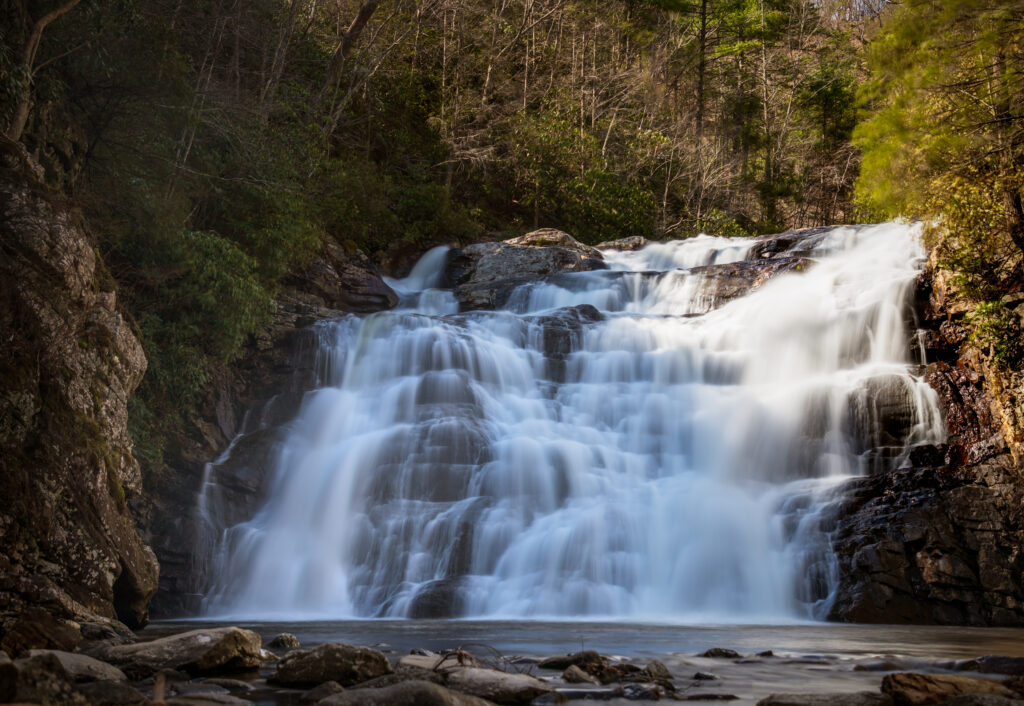

During our stop in North Carolina, we made a trip to Tennessee to see a friend. We hiked a trail that was technically still in North Carolina with our friend and then I went out solo to a couple more falls the next day. It was a fantastic day and I saw some great waterfalls on the trip!


Caney Creek Falls starts out on private land and proceeds into the woods and along a creek. The hike through the woods was
Once I found the falls, I had a choice to make in how I composed the image. I liked the view from the side but the straight-on view was what I was after and that meant crossing a slippery rock “path”. I used my tripod as an impromptu hiking pole and navigated my way across.
I took the opportunity to take a few long exposures with my iPhone at the falls. I have included one in this set. Can you spot it?
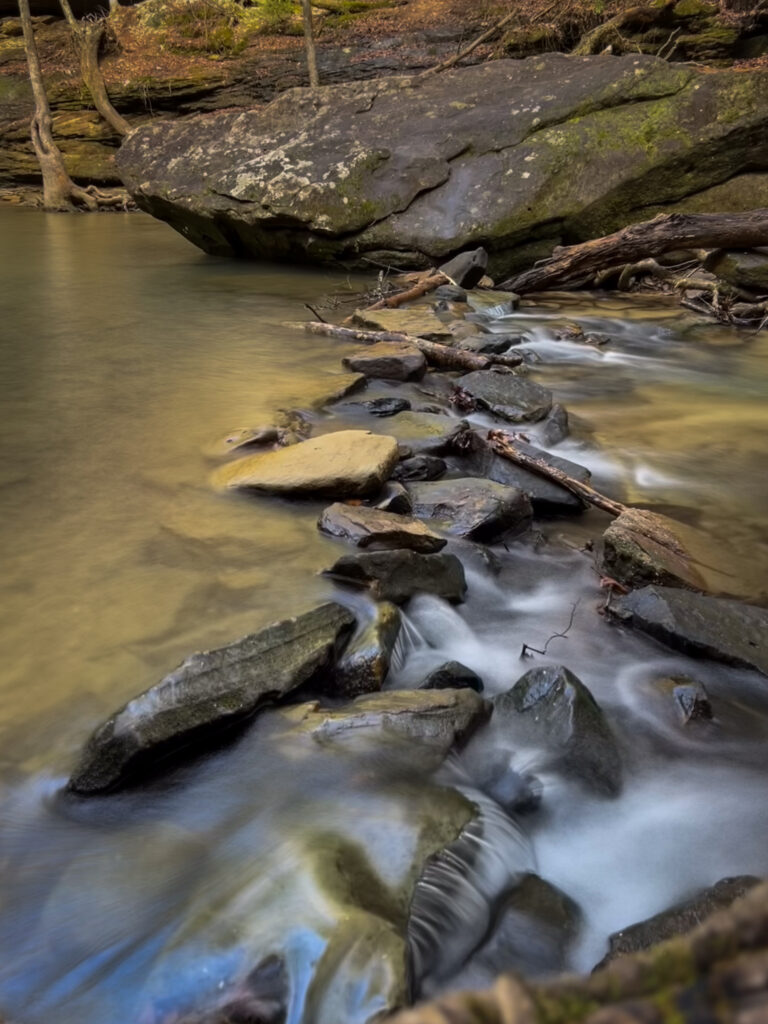
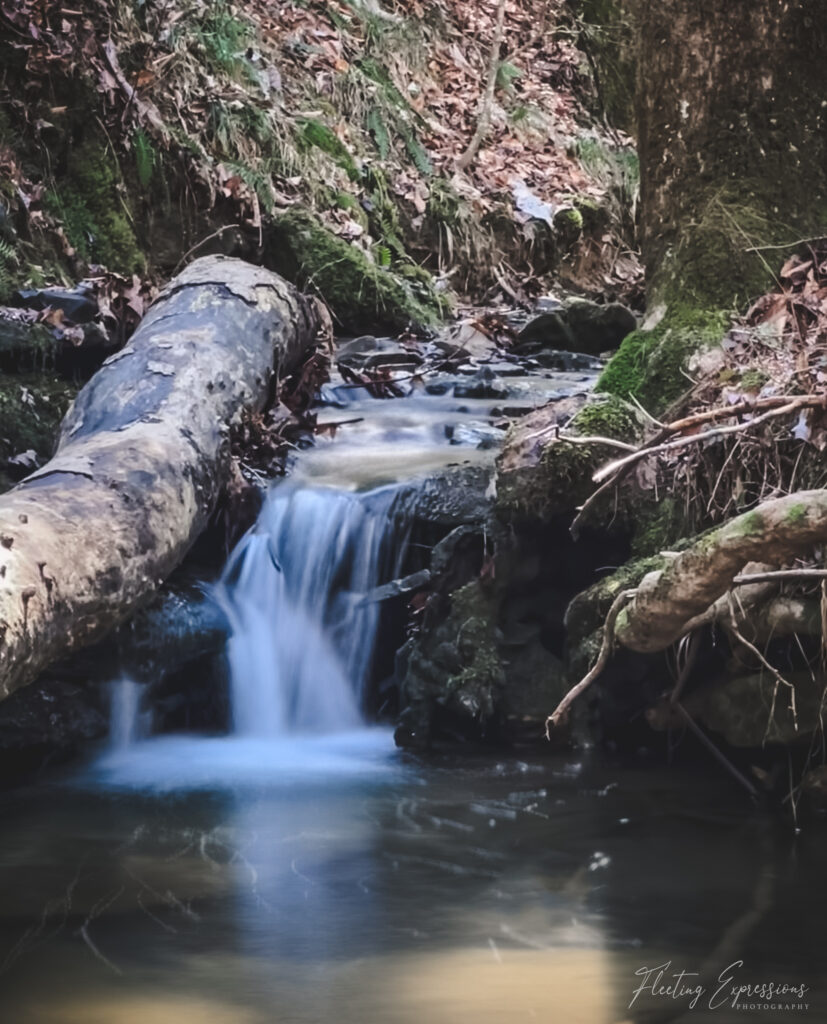
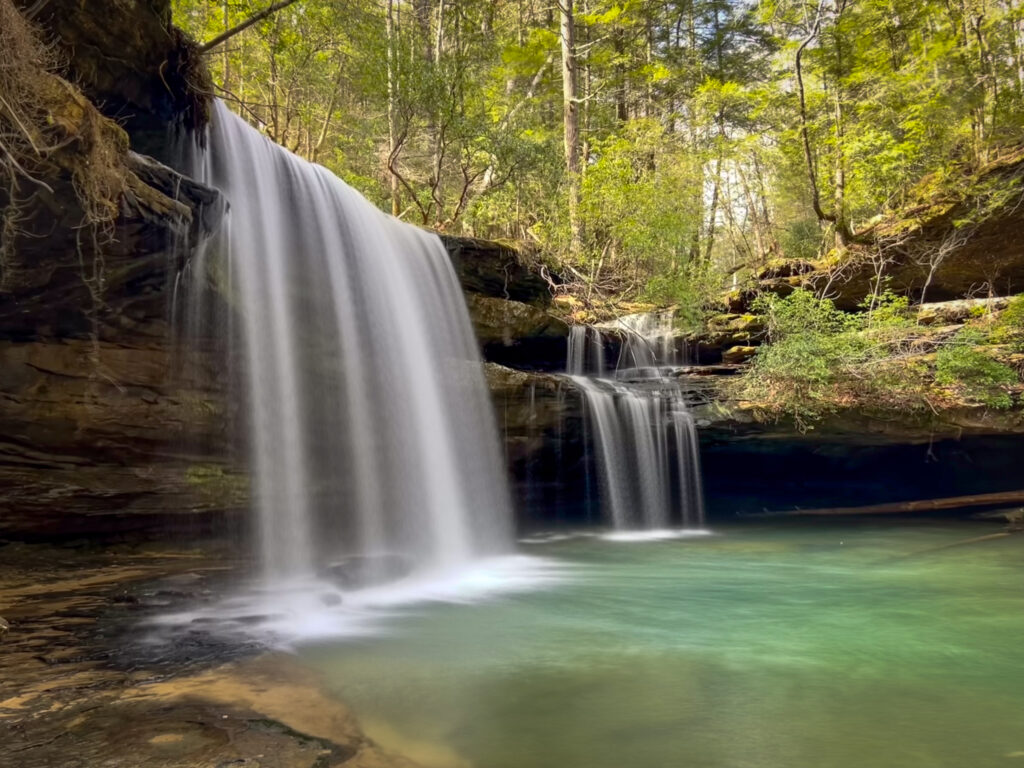
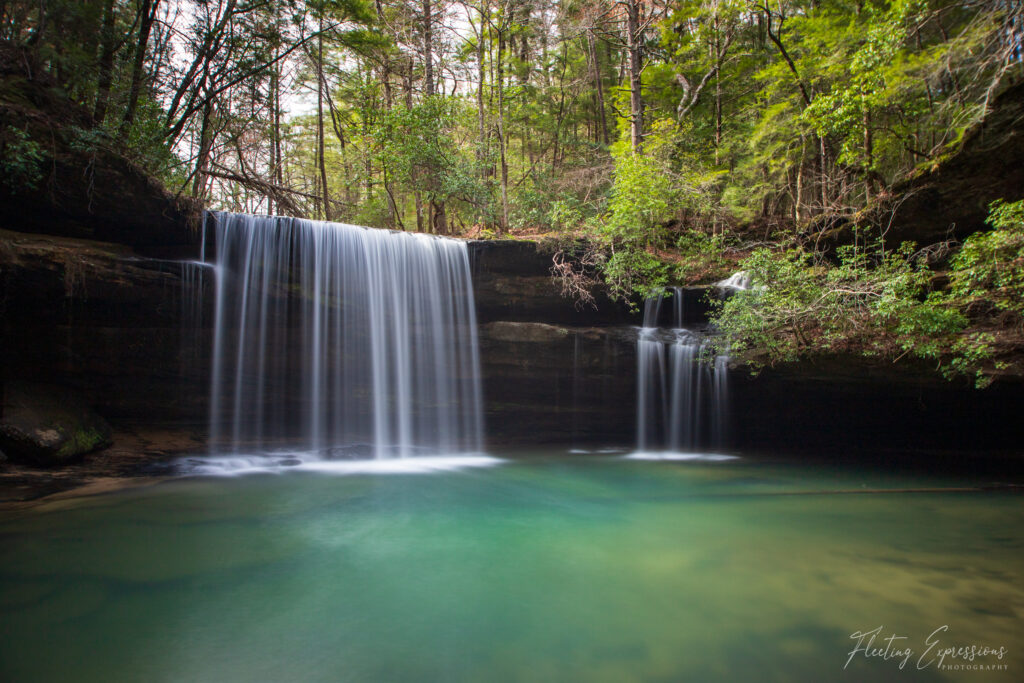
Conclusion
Chasing waterfalls in the Southeast was so much fun and I only did a few so there is a lot left to explore on future trips! Have you found some amazing waterfalls in the Southeast? Share your favorites in the comments below so I can add them to my list!
